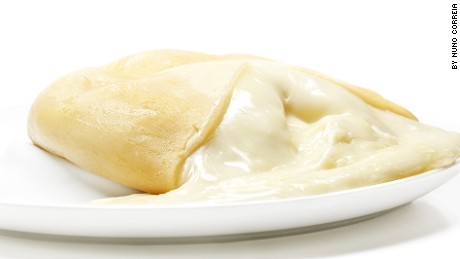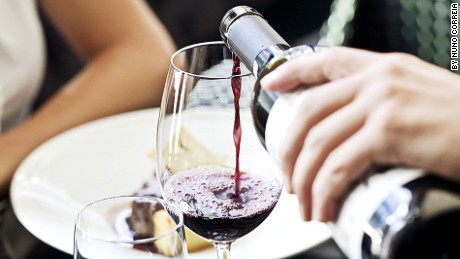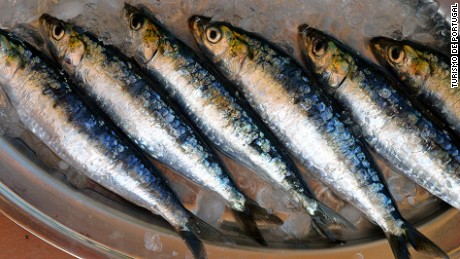20 tasty reasons to eat your way through Portugal
Paul Ames, for CNN • Updated 10th July 2017, http://www.cnn.com/travel/arti...ugal-food/index.html

Paul Ames, for CNN • Updated 10th July 2017, http://www.cnn.com/travel/arti...ugal-food/index.html

Replies sorted oldest to newest
Restaurant Sao Roque, Urb. Quinta de Sao Roque, Lagos 8600-000 Portugal;

Belcanto, Largo de Sao Carlos, 10 Chiado, Lisbon 1200-410 Portugal;
Restaurante Laurentina o Rei do Bacalhau, Avenida Conde Valbom, 71 A, Lisbon 1050-067 Portugal;

Cantinho do Mar, Avenida Marginal 87 Praia da Vieira, Vieira de Leiria 2430 - 696 Portugal;
Solar Bragancano, Praca de Sae, 34, Braganca 5300 Portugal;

Sociedade Hoteleira Pedro dos Leitoes Lda., Rua Alvaro Pedro no 1 Sernadelo 3050-382, Mealhada 3050 - 382 Portugal;

Time Out Market Lisboa, Avenida 24 de Julho, 49, Lisbon 1200 Portugal;
A Casa Da Isabel, Rua Direita 61, Portimao 8500-626 Portugal;

Cervejaria Ramiro, Avenida Almirante Reis 1, Lisbon 1150-007 Portugal;
Access to this requires a premium membership.